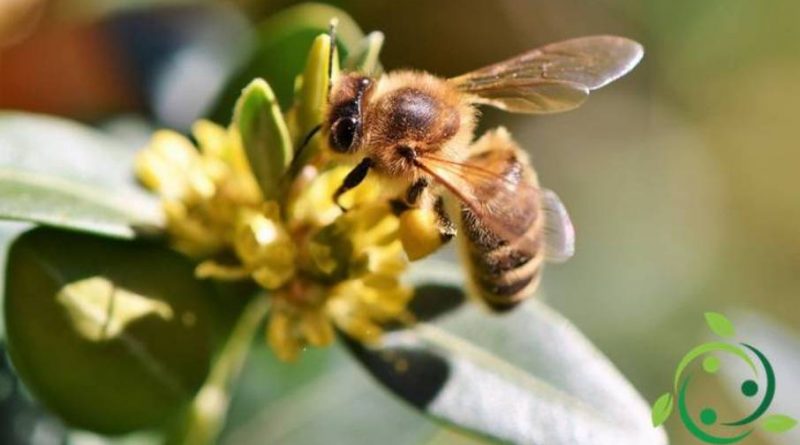Entomophilous pollination
Entomophilous pollination
Entomophilous or entomogamous pollination means the pollination process carried out by insects. It is a type of pollination carried out above all by bees, butterflies, moths, dipterans and beetles.
Entomophilous pollination evolved together with the evolution of many species which led, in many cases, to a very strict interdependence.
Plants that use entomophilous pollination can present specific adaptations aimed at attracting pollinators such as color, perfume and nectar more effectively. In this way these plant species the insects to pollinate them in return for a service or not.
The role of pollinators plays, especially in agriculture, a richer and better production and in some cases make it possible (without them it would not be possible to produce cherries, apples, melons, courgettes, etc.). Pollinators can be wild, like bumblebees, or bred by humans, like bees.
The role of pollinators and therefore, the yield of agricultural production and ecosystem balances, is endangered by the use of insecticides, herbicides and other biocides that, interfering in biological cycles and biocenoses, threatening to undermine the delicate ecological balance of ecosystem.
On a planetary level, in fact, the main role of one of the best known pollinators, such as the bee, is not the production of honey but the pollination of the plants and the fruits or seeds that derive from them.
The productivity of many plant species depends on the effective pollination of pollinating insects, as well as on wind or birds, etc. All this guarantees the diversity of botanical varieties and their distribution on the territory, giving balance to the ecosystem. so important that it prompted A. Einstein to quote the phrase that briefly emphasizes the indissoluble link between the bee, the environment and man, warning that the human race would disappear within 5 years from the disappearance of the bee.
It is known that an unpollinated or poorly pollinated flower produces no fruit or produces fruits of a smaller size and is not very tasty. Farmers know this very well and for years they have been requesting pollination services for beekeepers.
The pollination technique has fundamental scientific foundations without the application of which the productive efficiency of some species decreases considerably.
In fact, bees, like other pollinators, prefer some blooms to others. If there are competing blooms in place, the plants to be visited for pollination will be left out. This is, for example, the case of the apple tree that flowers in conjunction with the dandelion, which must be mown before the apple tree flowers.
So when we need to facilitate pollination with bees we can also bring simple nuclei to the blooms. The important thing is that there is a lot of fresh brood, which must be fed with pollen, so many foragers will devote themselves to collecting pollen and fertilize our orchards and fields.
For this reason it is good practice to proceed with a stimulating nutrition, about ten days before the placement in pollination places, and to have at least 6 combs ready for positioning.
Furthermore, if the pollination is prolonged, it will be necessary to try to maintain a large number of fresh broods in the families, giving built honeycombs and feeding (perhaps subtracting honeycombs of covered brood). But pollination must also be sufficient, that is, few bees are not enough for large areas or for very large blooms.
It is in fact necessary to have an adequate number of families to obtain good pollination.
The following are indicative parameters for the main hive / hectare crops:
– generic pollination of 3 families (5-6 families);
– apples 3-5 families;
– pears (unattractive nectar) 3-5 families;
– peaches (many self-fertilizing varieties) 3 families;
– plums 3 families;
– cherries 3-5 families;
– kiwi 5 families;
– forage, rape 5-8 families.
Moreover, pollination, also depends on the placement, it is better to make small groups scattered in the orchard, in well sunny and not humid places. In conditions of perturbed or rainy weather the pollination is penalized.
Given the poor aptitude of bees, on the fly on covered days or in closed places and due to the scarce attractiveness of some vegetable flowers (specan le solanacee), bumble bees are preferred for pollination of horticultural varieties in greenhouses.
Finally, it seems obvious that no insecticide treatment should ever be done and, in any case, especially before and during pollination.

